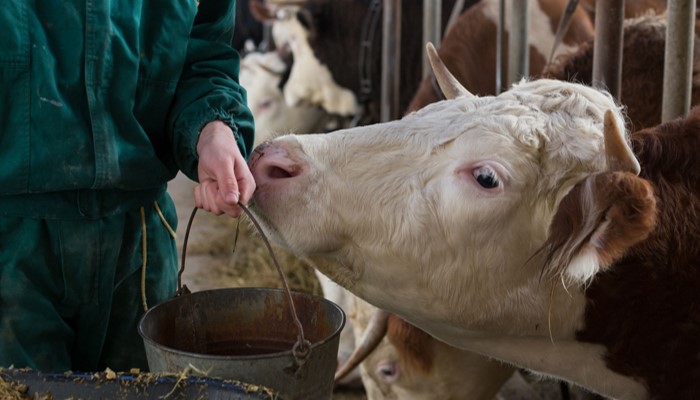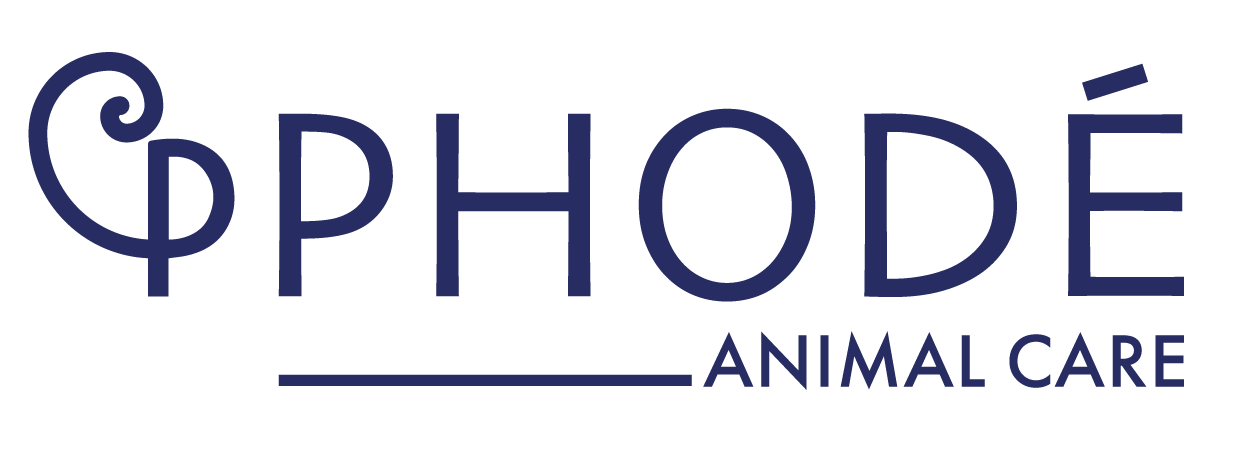Mineral block consumption and early feed intake are two challenging situations for ruminant production and lead us to question ourselves.

Minerals : a challenge for volontary comsumption
Who has not, in the animal feed business, encountered difficulties of mineral “feed intake” by ruminants? A mineral block that isn’t consumed as it should be leads to a shortfall of expected nutritional benefits it is designed to provide and can be a deception for the farmer. How to convince ruminants to eat, voluntarily, a block or a feed that is concentrated with minerals of all types?
A delay in feed intake should never be underestimated.
Who has not seen poor animal performance because of a too late feed intake by the calf at the beginning? The whole livestock sector knows that a delay in feed intake for the young animal will lower its performance even long after this early physiological stage and will induce weaker and less productive animals. How to convince a young calve to search and eat its first feed as early as possible?
To convince ruminant, let’s see what matters for them
Two commonly overlooked parameters responsible for mineral rejection by ruminants
Mineral feed, supplementation, buckets or blocks, many forms have been developed in order to ease farmers’ workload to provide a feed adapted to the nutritional needs of their animals. However, the presence of some compounds is absolutely necessary for a balanced feed but brings unpalatable taste to it that ruminants detect very easily even at low levels.
Indeed, ruminants are gifted when it comes to smell and taste, with more than 20 000 taste buds (vs. 7 000 in humans) and about a 100 cm² of olfactory epithelium (vs. 9 cm² in humans). These two parameters complicate the feed intake of compounds with naturally unpleasant tastes. Indeed, minerals are not known for being attractive or palatable. Ruminants know it very well – all thanks to their oropharyngeal receptors, they detect and react strongly to the unpleasant smell and taste of these compounds.
A combination of different parameters responsible for a delay in feed intake by calves
The beginning of a calf’s life is full of challenges that can be physiological or behavioral: immature digestive organs, feed transition, variation of living conditions, etc. If we have a closer look, one of the first reaction in front of the different challenges is to instantly lower the feed intake or even stop eating. These drops of feed intake, especially when they occur at the beginning of the animal’s life, induce delays that will impact the animal and its performance throughout its whole cycle of production:
- growth,
- production
- live weight
- health
Our challenge is to convince the calf to eat early enough and in sufficient quantities in order to avoid any feed intake delay accordingly, that will reduce animal performance. The solution to both situation mentioned above is to motivate the animals to eat. But how?
Three different modalities that build the motivation to eat
The motivation for a young ruminant to an early feed intake or for an adult to consume the mineral source can be triggered by a combination of different aspects:
- Attraction
- Appetite stimulation
- Palatability
Attraction
Attraction is key to motivate a ruminant to go to a mineral block, or a young animal to search for its first feed. Indeed, by nature, ruminants are attracted by specific molecules as are pigs or poultry. Animals are by nature unconsciously attracted by specific volatile compounds: some can be common to all species, others are species-specific. If the block or the starter feed releases these attractant molecules, these will be sensed by the ruminant olfactory receptors and recognized by the brain as something of interest.
Appetite stimulation
Once the animal eats the feed, how can its appetite be stimulated? The second thing to consider is that the appetite is in fact a message sent to brain, which can actually be activated by specific compounds identified by the oropharyngeal receptors. Specific compounds can play this role of triggering the appetite message.
Palatability
The third factor is the taste, which is a very important parameter to take into account. Whatever the attraction, if the feed doesn’t taste good, it will not be consumed properly. What better option to get an animal to eat than to offer it feed that completely suits its taste receptors?
How to easily trigger these three levels of motivation?
Creating the necessary attraction
Species-specific attractant molecules have to be released from the feed into the air. Ruminants will be unconsciously attracted by these molecules and will go where the concentration is at its maximum: at the feed or the block.
Stimulating the appetite message
When feed contains a ruminant-adapted plant extracts core, specifically chosen and combined together, it triggers the oropharyngeal receptors and stimulates the specific appetite message in the brain. As such, when the ruminants eat the block or the young ones their starter feed, the appetite message in the brain will be activated and will motivate the animals to go back to the block/starter feed again and eat well. A virtuous circle takes place.
Enhancing the taste
A palatable core will enhance the palatability of the mineral block or starter feed by bringing a well-balanced sweet taste. Sweet taste in nature is perceived as indicating the presence of energy and is appreciated by all species (humans included). This way, the thousands of taste buds in the ruminant’s mouth will identify the taste as good.
Motivation is key in feed intake and can be easily triggered
Ruminants are sensitive to the feed they eat. Our challenge is to convince them to positively favour all kinds of feed, including the less palatable ones even though nutritionally necessary. Our challenge is to boost their early feed intake during key stages, like just after weaning, so as to avoid detrimental feeding behavior for the future performance. The balanced combination of very specific attractant molecules, the appetite stimulation and palatability is ideal to get ruminants to eat early on a short period of time, should it be young animals to eat early enough for better performance to come, or adults to consume without hesitation their mineral blocks and benefit of their balanced diet then.












